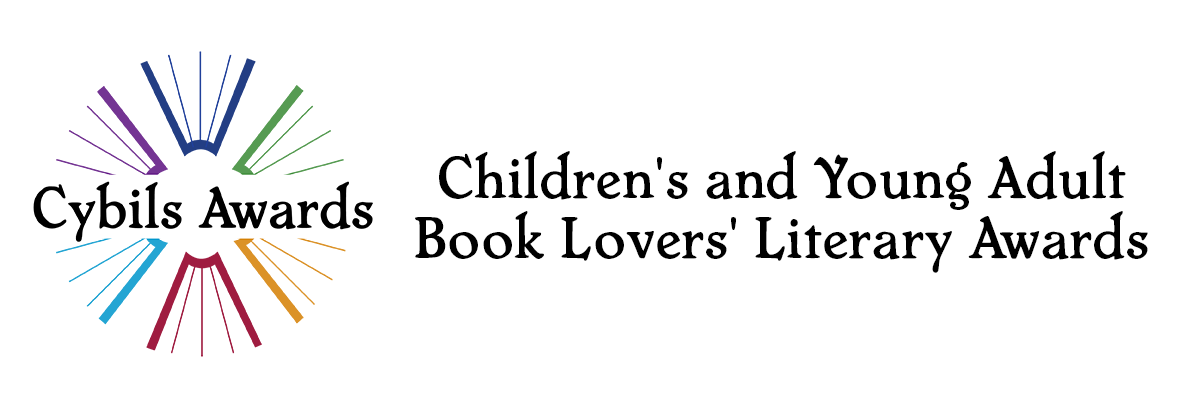 Bomb: The Race to Build–and Steal–the World’s Most Dangerous Weapon
Bomb: The Race to Build–and Steal–the World’s Most Dangerous Weapon
by Steve Sheinkin
Flash Point
Nominated by: Monica Edinger
“In the end, this is a difficult story to sum up. The making of the atomic bomb is one of history’s most amazing examples of teamwork and genius and poise under pressure. But it’s also the story of how humans created a weapon capable of wiping our species off the planet. It’s a story with no end in sight” (Sheinkin 236).
It is something we all learn about in school—the atomic bomb. We know how it ends—the United States and the Allies create the first atomic bomb. What Sheinkin’s Bomb does is show that it was a three-way race to succeed: 1) the Germans are racing to build it first, 2) the Americans are trying to succeed first, and 3) the Soviets are trying to steal the Americans’ plans. It is a book about a story we thought we knew, but we end up learning so much more than we could ever expect.
Sheinkin, who once said he writes interesting historical narratives to atone for his previous job of writing history textbooks, has done an amazing job bringing this book to life. It dips, twists, and races towards the end. Well-documented sources, intriguing photographs and an index all lend support to this well-written and engaging work.
— Stephanie Charlefour, Love, Life, Read
 Last Airlift: A Vietnamese Orphan’s Rescue from War
Last Airlift: A Vietnamese Orphan’s Rescue from War
by Marsha Skrypuch
Pajama Press
Nominated by: Darshana Khiani
Over 2000 children were orphaned because of the Vietnam War. Last Airlift describes
the last Canadian airlift operation from Saigon in 1975 through the eyes of one orphan,
Son Thi Anh Tuyet, who was eight years old and suffered from polio. For Tuyet, leaving
Vietnam meant a promise of a new life in a new country.
Tuyet’s journey by airplane from Saigon to Toronto, Canada is gripping. Readers,
especially those for whom English is a second language, will cheer for this young girl as
she and her new family struggle to communicate despite the language barrier. Historic
black-and-white photographs, including some of Tuyet as a young child and adult, make
this a moving refugee story.
— Louise Capizzo, The NonFiction Detectives
 Moonbird: A Year on the Wind with the Great Survivor B95
Moonbird: A Year on the Wind with the Great Survivor B95
by Phillip Hoose
Farrar, Straus & Giroux
Nominated by: Amy @ Hope Is the Word
 Temple Grandin: How the Girl Who Loved Cows Embraced Autism and Changed the World
Temple Grandin: How the Girl Who Loved Cows Embraced Autism and Changed the World
by Sy Montgomery
Houghton Mifflin Books for Children
Nominated by: Paul W. Hankins
Temple Grandin’s biography isn’t just the story of her success in helping the animals we depend upon for food. It is a walk in her shoes, growing up fiercely stubborn and autistic in a family where her own father demanded that she be committed to a mental institution. Her mother refused, and spent Temple’s childhood locating help, from an experienced nanny to the small private schools where Temple found her passions and creativity could bring her lifelong friends, some of whom joined her in her memorable pranks. Her autistic behaviors and outwardly odd choices, though, drew cruel remarks from other students, and sometimes the attention of bullies as well. She found comfort with the horses at her boarding school and the cattle at her aunt’s Arizona ranch.
The way that Temple’s senses help her to experience the world differently led her to use her creative and constructive talents to design safe and humane buildings for housing animals, especially animals bred for the business of food production. Half of all of the cattle in the U.S. and Canada go through systems she designed to make meat-packing plants better for the animals, and as a result, also safer for the workers and more economical for the companies. The design of the book is inviting and engaging, with many family photographs and drawings of designs. Sy Montgomery’s writing is accessible and thoughtful, realistically bringing the reader into the tension and challenges of one autistic life–one who has made the world a better place.
— Karen Ball, Mrs. B’s Favorites
by Deborah Hopkinson
Scholastic
Nominated by: Deb Nance at Readerbuzz
One hundred years have passed since an iceberg sank that famous luxury ocean liner, but Deborah Hopkinson’s Titanic: Voices from the Disaster makes the tragedy feel immediate, relevant, and downright riveting. A seamless blend of passenger narratives, traditional informational text, and archival images guides the reader smoothly from the ship’s creation to its last moments. This retelling is even-handed, but never boring–instead of relying on melodrama, Hopkinson builds tension by emphasizing the many choices, mistakes, and happenstances that led to such horrible disaster. What if the boat had slowed down? What if there were tighter safety regulations, more lifeboats? What if the Californian had answered an SOS? Hopkinson poses these questions and more, encouraging readers to draw their own conclusions; this definitive Titanic text inspires historical thinking and presents the lure of the unsinkable ship to yet another generation.
— Jessica Tackett, Her Life with Books
